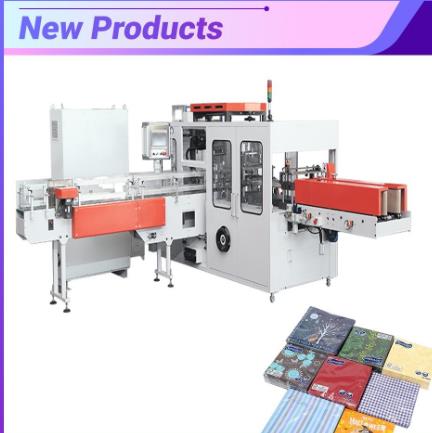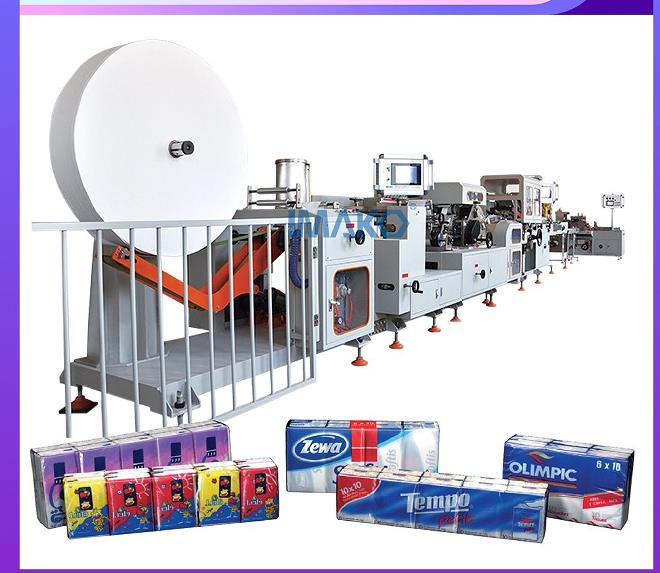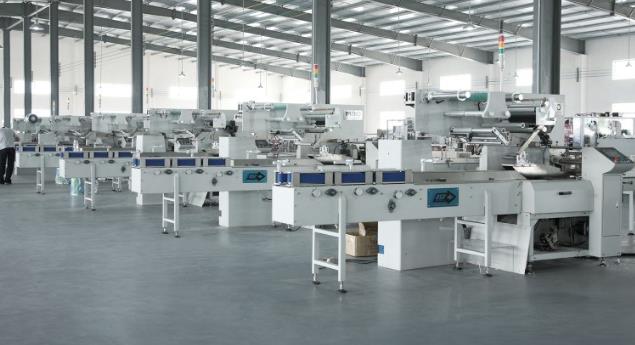Author:IMAKO Tissue MachineFROM:Toilet Paper Machine Manufacturer TIME:2023-07-17
Tissue printing machines have emerged as a revolutionary technology in the field of biomedical research and tissue engineering. These machines offer a precise and efficient way to create three-dimensional structures that mimic the function and structure of human tissues. However, in order to maximize the benefits of tissue printing machines, it is crucial to utilize them effectively. In this article, we will explore some strategies for the efficient usage of tissue printing machines.

Before using a tissue printing machine, it is essential to optimize the design and preparation process. This involves designing a 3D model of the desired tissue structure and converting it into a printable format. The model should be carefully created considering the specific requirements and properties of the target tissue. It is also important to select suitable biomaterials and bioinks that are compatible with the tissue printing machine. Adequate sterilization procedures must be followed to ensure the production of safe and contamination-free tissues.

Regular calibration and maintenance of tissue printing machines are crucial for their efficient functioning. Calibration ensures accuracy in the deposition of biomaterials during the printing process. It is necessary to calibrate parameters such as nozzle size, extrusion pressure, and filament speed. Routine maintenance includes cleaning the printer components, checking for wear and tear, and verifying the overall system performance. Timely maintenance prevents unexpected breakdowns and ensures consistent and high-quality tissue fabrication.

Optimizing the tissue printing process can significantly enhance efficiency. This can be achieved by fine-tuning various printing parameters such as layer thickness, printing speed, and temperature control. Process optimization includes reducing printing errors, minimizing material waste, and increasing print accuracy. Automation of certain steps, such as the loading and unloading of biomaterials, can save time and reduce human errors. Employing software that allows for real-time monitoring and adjustment of printing parameters can further streamline the process.
In conclusion, efficient usage of tissue printing machines requires careful design and preparation, regular calibration and maintenance, as well as process optimization and automation. By adhering to these strategies, researchers and tissue engineers can maximize the benefits of this groundbreaking technology. Tissue printing machines hold immense potential for various applications, including drug testing, personalized medicine, and tissue transplantation. It is vital to continue exploring and refining the efficient utilization of these machines to unlock their full capabilities in advancing biomedical research and healthcare.